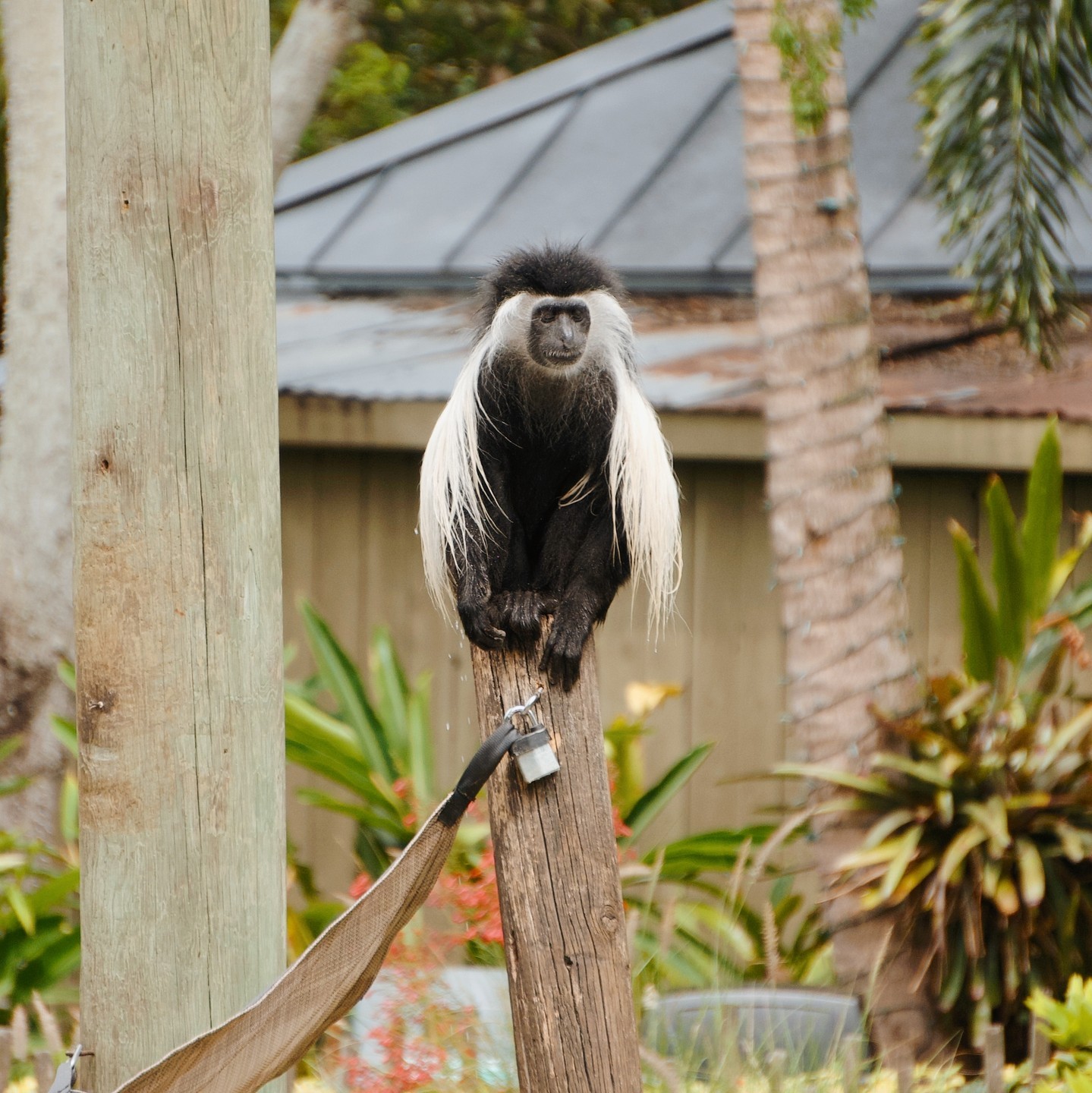Summary:
1. Exploring the difference between monkeys and apes.
2. The distinct physical characteristics of monkeys and apes.
3. The behavioral differences between these two primate groups.
4. Understanding their habitats and geographical distribution.
5. The conservation efforts for monkeys and apes.
Have you ever wondered what the difference between Monkeys and Apes is? These fascinating primates share some similarities but have distinct characteristics that set them apart. This article will delve into the intriguing world of primates, exploring the unique aspects of monkeys and apes. So, let’s swing into action and uncover the secrets of these incredible creatures!
Regarding physical differences, one of the most apparent distinctions between monkeys and apes lies in their tails. Monkeys use long, flexible tails for balance, communication, and even as a makeshift extra limb. On the other hand, apes, including gorillas, chimpanzees, bonobos, orangutans, and gibbons, have evolved without tails. Instead, they have a strong, muscular structure that allows them to utilize their arms and legs efficiently.
Apart from the absence of tails, apes are generally larger than monkeys. Gorillas, for instance, can reach impressive heights of up to six feet and weigh over 400 pounds, making them the largest primates. In contrast, monkeys come in various sizes, from the tiny pygmy marmoset weighing just a few ounces to larger species like the mandrill and baboon, which can weigh up to 80 pounds.
Beyond physical attributes, the behaviors of monkeys and apes offer further insights into their differences. Monkeys are generally more arboreal, spending a significant amount of their lives in trees, and their bodies have evolved to suit this lifestyle. They have long limbs, prehensile tails, and specialized grasping hands, allowing them to move skillfully through the canopy. Monkeys often live in social groups, displaying complex social structures and communication methods such as vocalizations, facial expressions, and body postures.
In contrast, apes exhibit a more terrestrial lifestyle, primarily inhabiting forests or jungles. They have developed broader chests and robust upper bodies, which assist them in ground-based mobility. Apes also showcase remarkable intelligence, capable of using tools, solving puzzles, and even displaying self-awareness. Their social structures are equally complex, with close-knit family units and hierarchical relationships.
The geographical distribution of monkeys and apes is another fascinating aspect to explore. Monkeys are widespread across various habitats, including tropical rainforests, savannas, and even some deserts. They can be found in Africa, Asia, and Central and South America. With over 260 species, monkeys have succeeded in adapting to diverse environments and ecological niches.
Apes, on the other hand, are more restricted in their natural range. Only found in Africa and Southeast Asia, these fascinating creatures inhabit tropical rainforests and montane forests. They face significant threats due to habitat destruction and fragmentation, making conservation efforts crucial for survival.
Speaking of conservation, it is vital to address the conservation challenges monkeys and apes face. Both primates are at risk due to habitat loss, poaching, and the illegal pet trade. Efforts to conserve and protect their habitats from these threats are crucial to ensure their long-term survival. Many organizations and zoos work tirelessly to raise awareness, support research, and implement on-ground conservation initiatives.
In conclusion, monkeys and apes captivate our imagination with their remarkable physical and behavioral characteristics. From the absence of tails and larger size in apes to the arboreal lifestyles of monkeys, these primates offer a glimpse into the diversity of nature’s creations. By understanding their distinctions and appreciating their ecological importance, we can play a part in preserving these incredible creatures for future generations to marvel at. So, next time you encounter a monkey or ape, take a moment to appreciate the wonders of nature’s primate kingdom.
*****
Source Description
Have you ever wondered what the difference between Monkeys and Apes is? The differences between monkeys and apes are easy to see once you know what to look for. Apes do not have a tail and are generally larger than most other primates! 🐒


